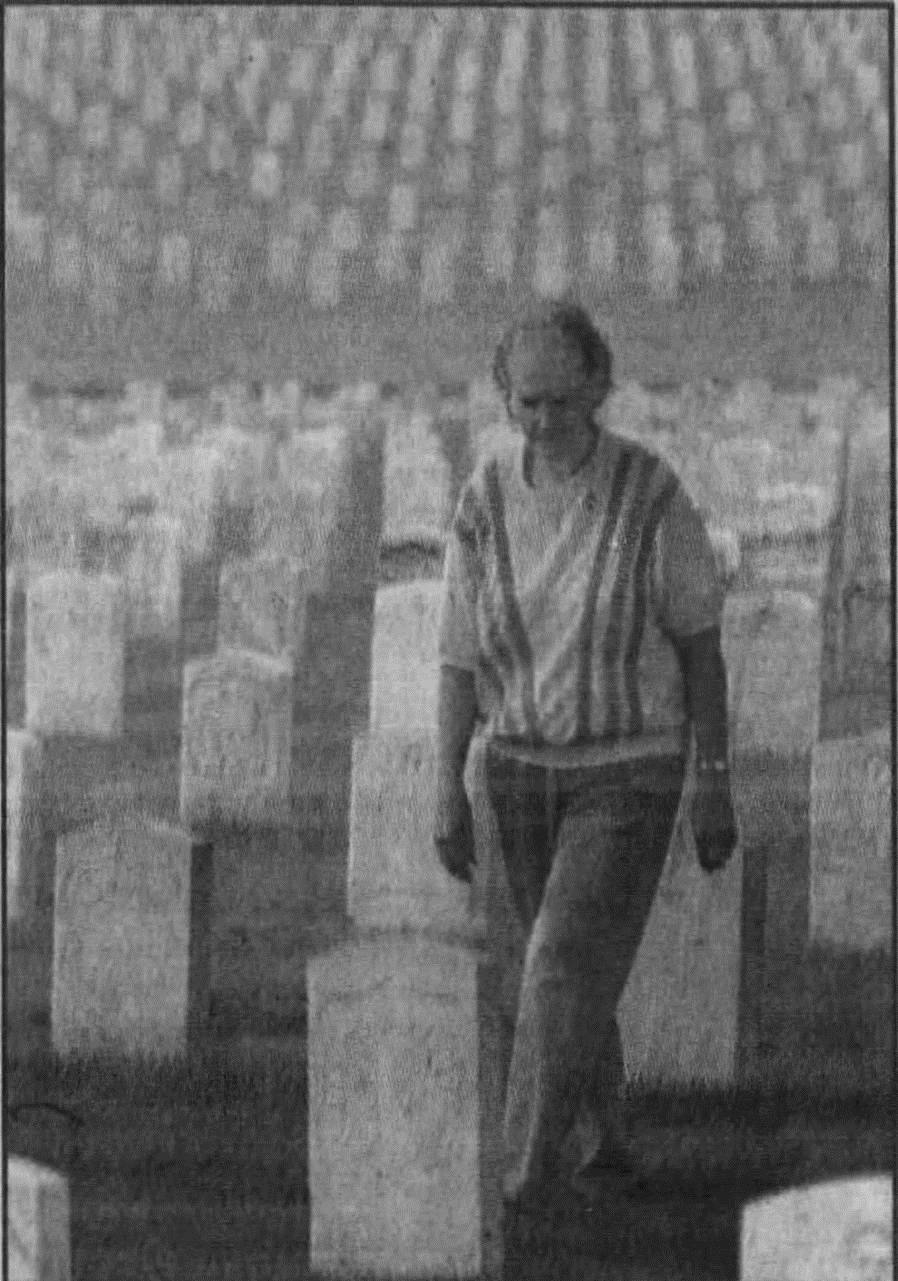Irene Golden was born on the VA Dayton campus grounds in 1919, when the site was still the Central Branch of the National Home for Disabled Volunteer Soldiers. Irene’s grandfather was a Civil War Veteran who lived at the National Home, and Irene’s father was a baker within the commissary department. For most of her childhood, Irene lived on the grounds in a staff apartment with her family, and she later attended nearby Roosevelt High School on Third Street. After graduating, Irene started working in the canteen on campus. There she met her first husband, a pipefitter for VA. She met her second husband some years later, a man who worked as a VA nurse for over 30 years. Irene may seem like a relatively obscure employee, but there is more to her story. She was locally famous for holding the record for the most sequential attendances at the Dayton VA Memorial Day parade.
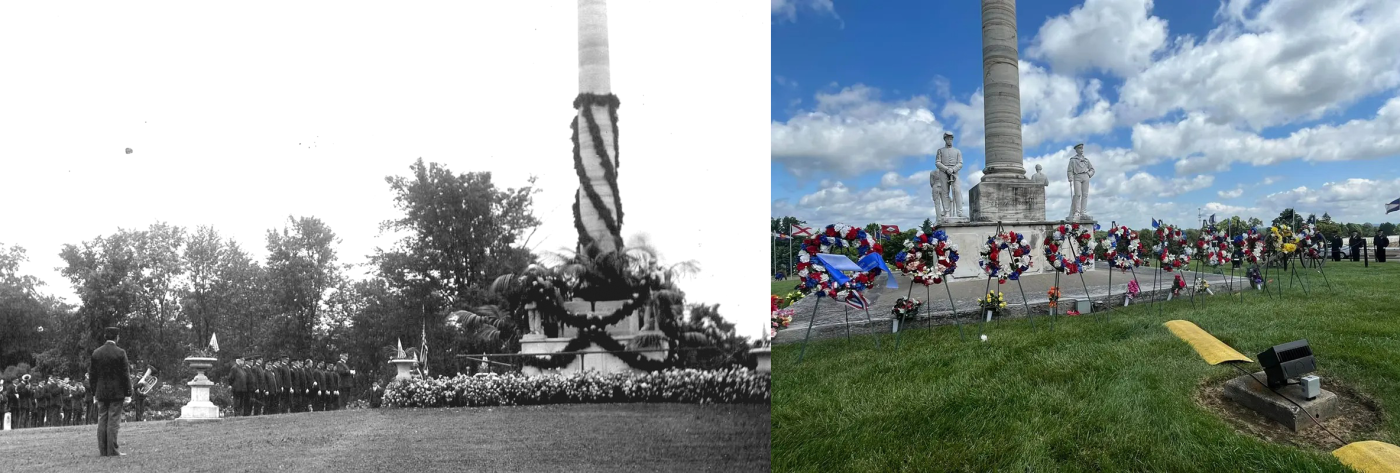
As a child living on a National Home campus, Irene attended her first Memorial Day parade in 1920. She would not miss a single parade for 85 years and would develop a somewhat celebrity status among the Veterans at VA. Somewhere along the way, she was designated as the honorary grand marshal of the parade. She proudly held that title for over 30 years. Irene was welcomed by VA Medical Center staff and always given a space front and center as the leader of the parade. She also always made a point to visit her grandfather Samuel Pierce’s gravesite in the national cemetery, often touching the stone in an act of reverence.
Irene saw Memorial Day celebrations at VA’s Dayton campus change over her 85 years of attendance. The Memorial Day parades drew many celebrities and government officials. Sometime in the late 1920s or early 1930s, Irene remembers meeting famed aviator Charles Lindbergh at the parade, even shaking his hand. Guest speakers over the years ranged from Ohio state senators and representatives to major military leaders. Throughout the 1940s, Civil War Veterans were a staple at Memorial Day events, telling stories and remembering their brothers in arms.
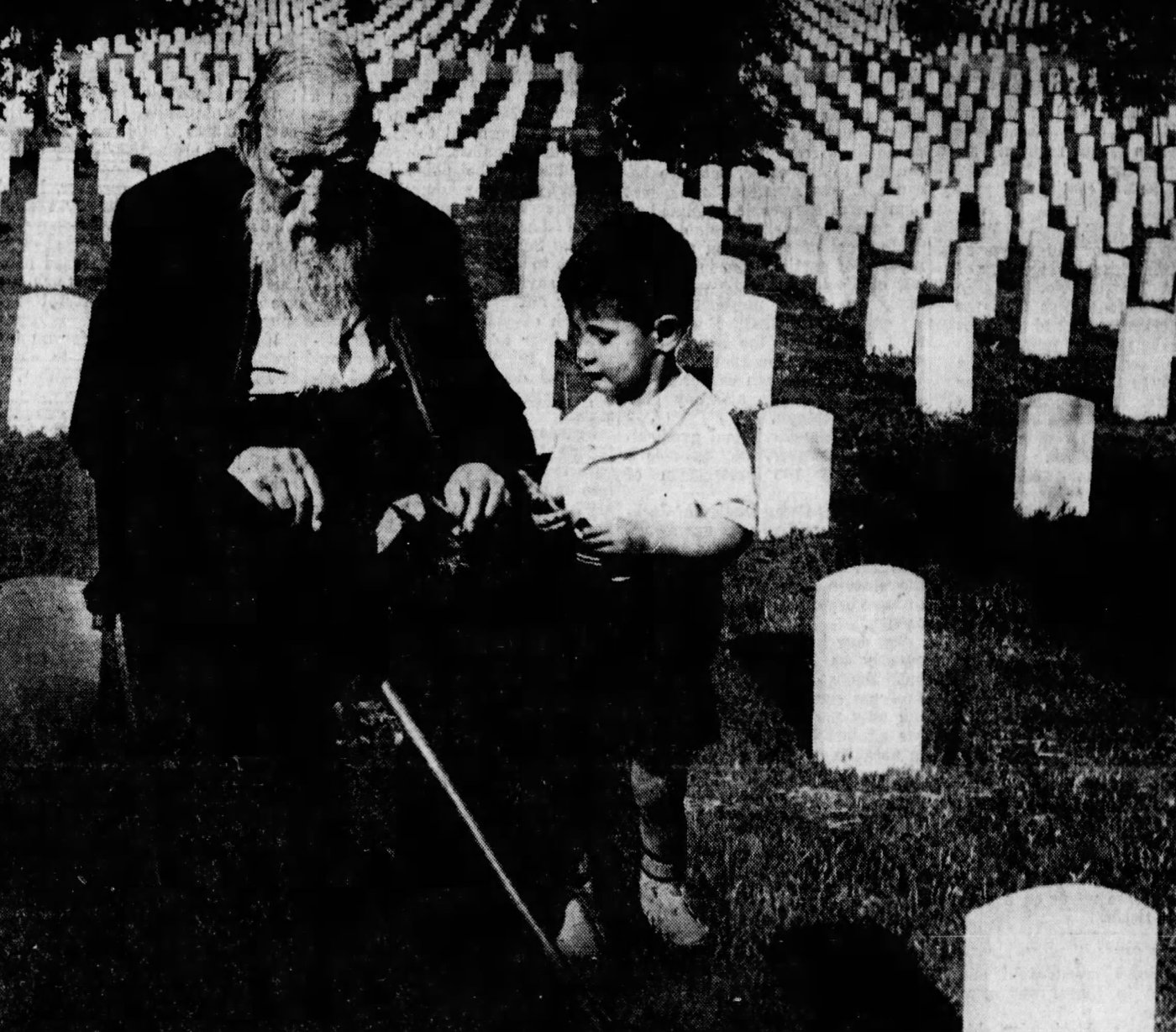
The 1950s and 1960s saw a slight decline in the size of the parade, although there were still local groups who came to honor the nation’s fallen. Many of these local groups, such as the Veterans of Foreign Wars and the American Legion, participated in the parades, sometimes driving vehicles but often marching as a group to the Soldiers’ Monument in the Dayton National Cemetery. There they would stop and listen to the guest speaker of the day, before taking time among the headstones to pay their respects.
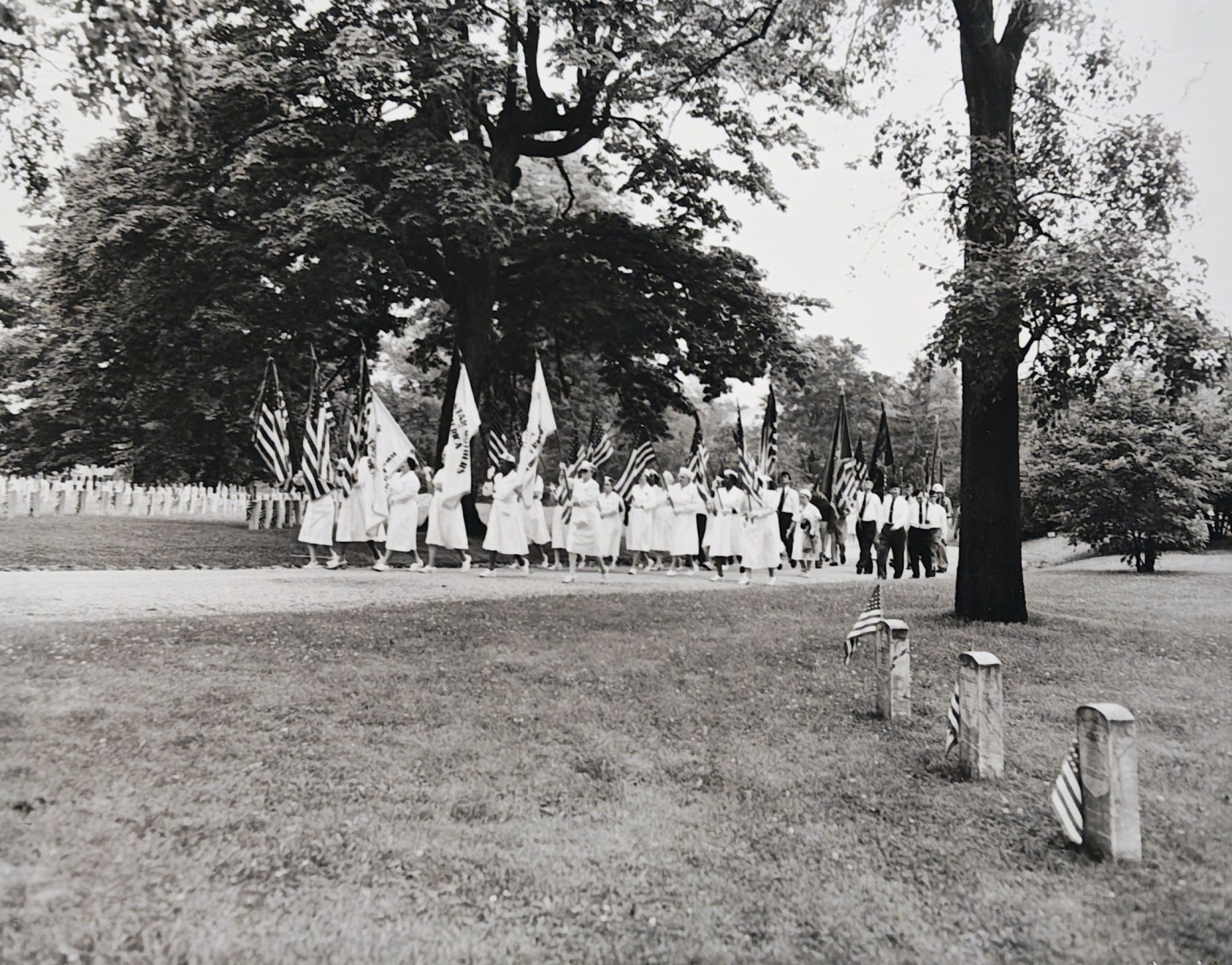
The 1990s and 2000s brought changes in the Memorial Day celebrations at VA’s Dayton campus. As the average age of the Veterans rose, the size of the parade diminished. Even so, Irene was still faithfully attending each year’s Memorial Day events. Irene told Dayton Daily News Reporter Dale Huffman that she felt “married to the home” and that she would attend as long as she could. In the mid-2000s, Irene reminisced about how the parade used to feature several local high school bands and many Veterans. Despite the parade not being what it used to be, she was still proud to participate and to visit her friends and family members buried in the national cemetery at the end of the parade route.
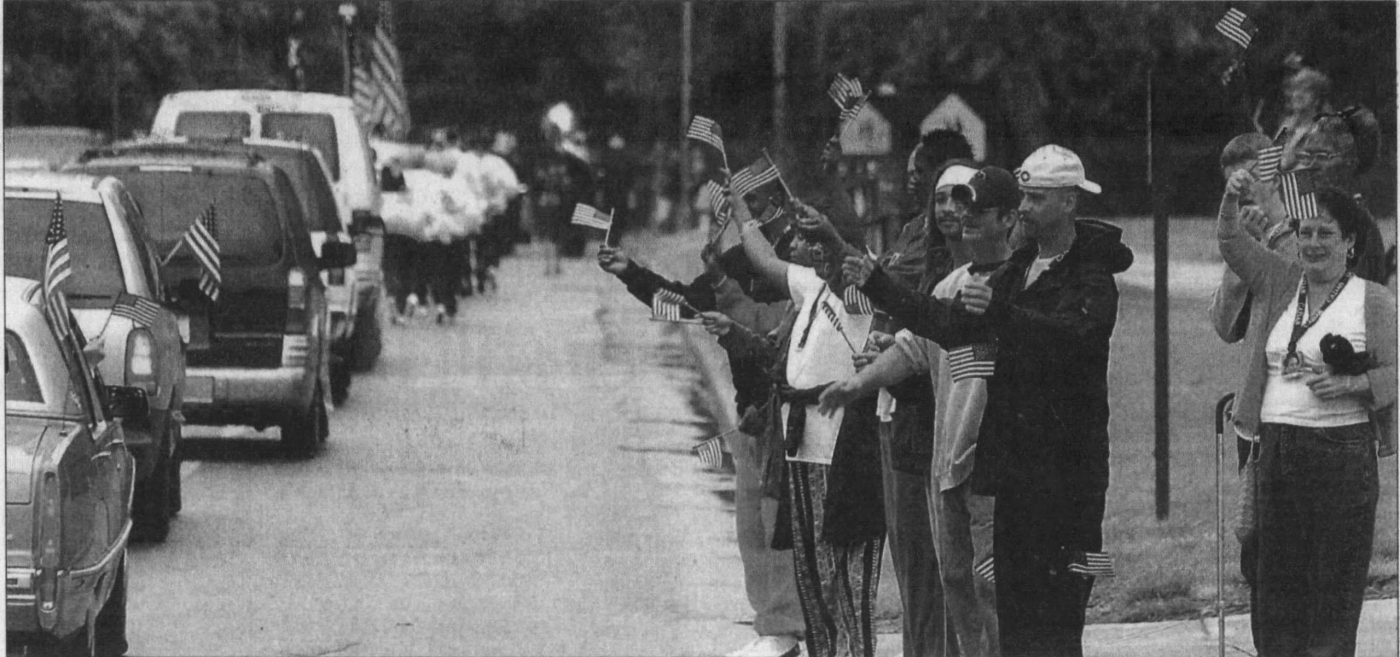
Irene passed away in 2006 at age 87, taking with her an 85-year commitment to the Veterans she considered her friends. Today’s Memorial Day events no longer include a parade, but the Dayton VA campus, and national cemeteries across the country, still hold special Memorial Day events every year to honor those Veterans who now lay in their eternal rest.
By Isaac Wolter
Content Curator, National VA History Center
Share this story
Related Stories
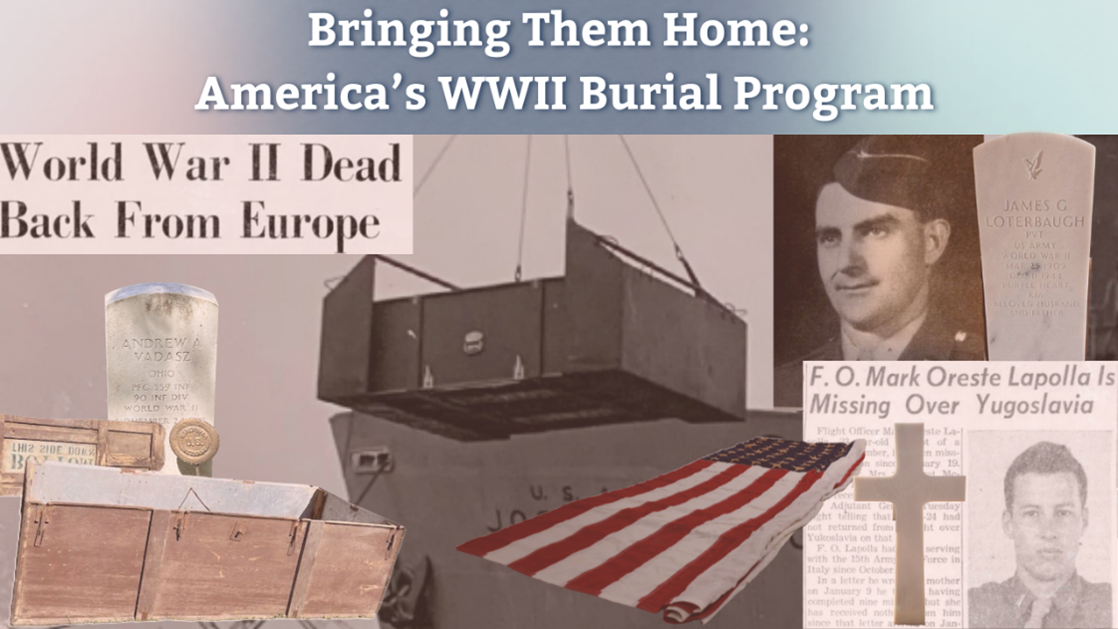
Curator Corner
Bringing them Home: America’s WWII Burial Program
VA History is defined by public service to those who have fought for this country. For nearly 250 years, Americans have responded to the challenges Veterans face in innovative ways. But what happens for those who do not return home? This is the story of three Americans who paid the ultimate sacrifice fighting fascism in Europe, how each one was honored after death, and how the VA History Office is preserving their story.
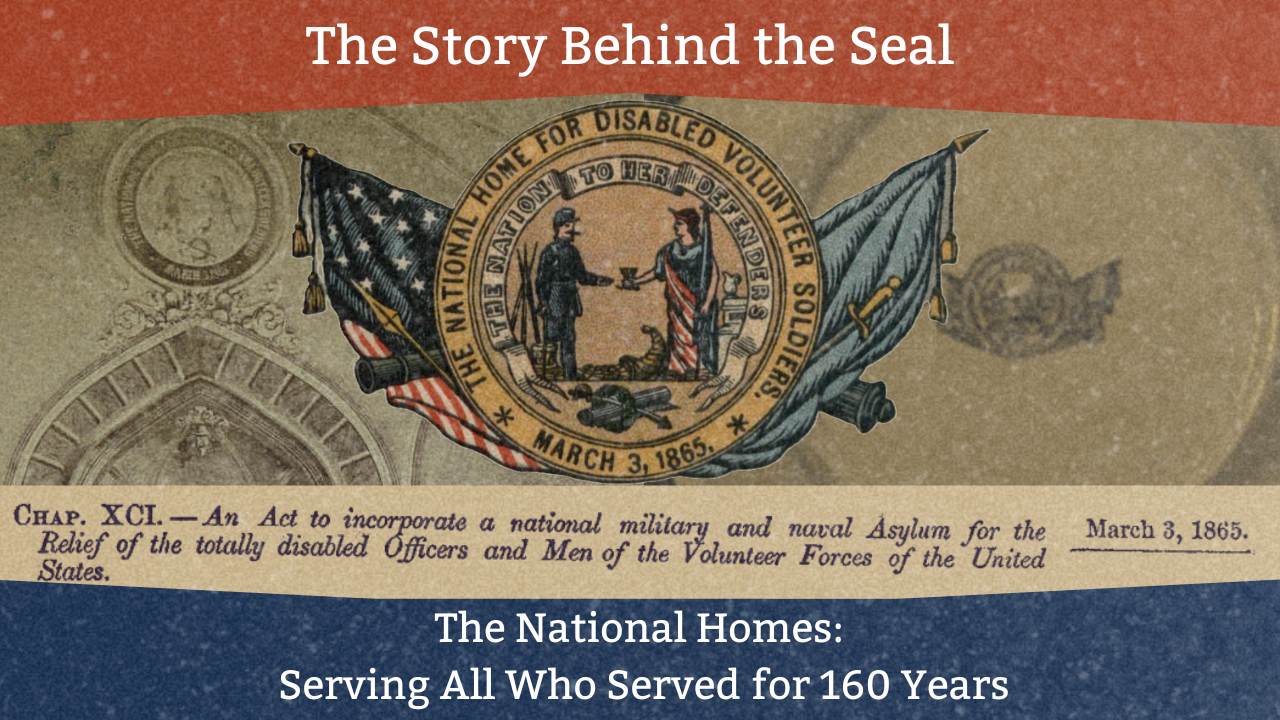
Curator Corner
The Story Behind the National Homes’ Seal
The National Home for Disabled Volunteer Soldiers turns 160 years old in 2025. The campuses are the oldest in the VA system, providing healthcare to Veterans to this day.
At the time of their establishment, they were the first of their type on this scale in the world. Within the NHDVS seal is the story that goes back 160 years ago.
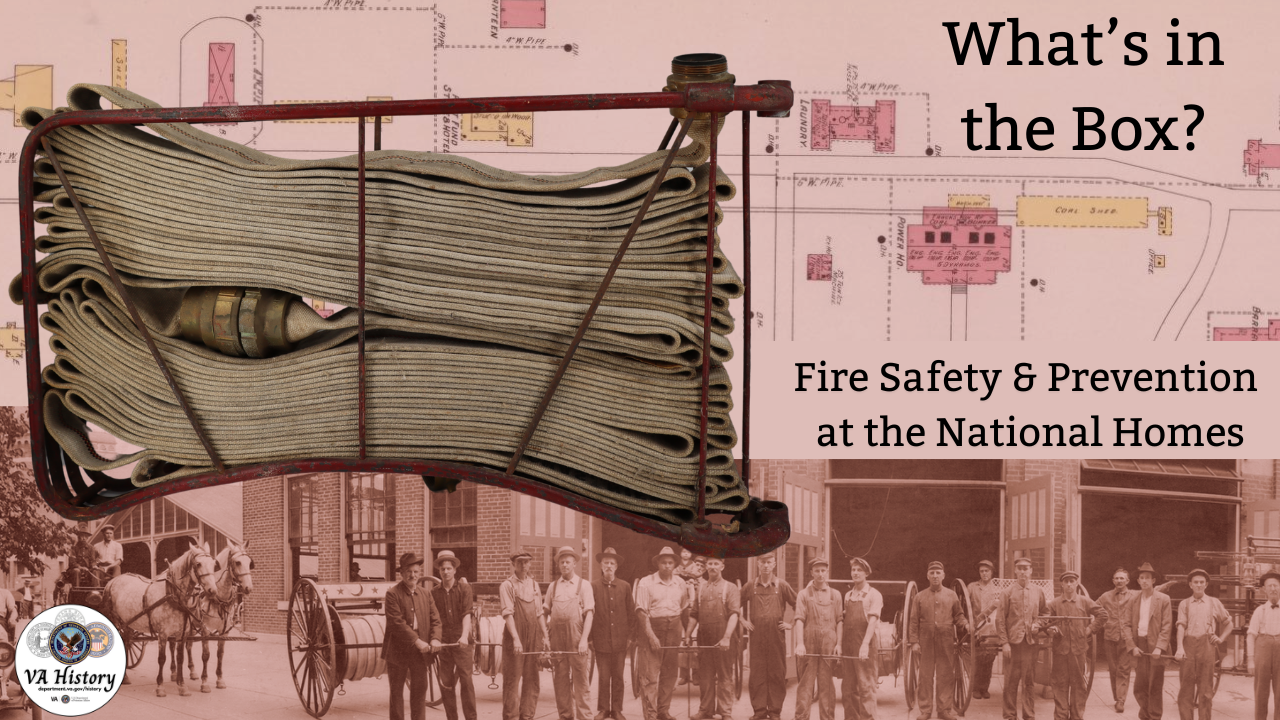
Curator Corner
What’s in the Box? Fire Safety and Prevention at the National Homes
Fire safety may not be the first thing that comes to mind when thinking about Veteran care, but during the National Home for Disabled Volunteer Soldiers period (1865-1930), it was a critical concern. With campuses largely constructed of wooden-frame buildings, housing thousands of often elderly and disabled Veterans, the risk of fire was ever-present. Leaders of the National Homes were keenly aware of this danger, as reflected in their efforts to establish early fire safety protocols.
Throughout the late 19th century, the National Homes developed fire departments that were often staffed by Veteran residents, and the Central Branch in Dayton even had a steam fire engine. Maps from this era, produced by the Sanborn Map Company for fire insurance purposes, reveal detailed records of fire prevention equipment and strategies used at the Homes. These records provide us with a rare glimpse into evolving fire safety measures in the late 19th and early 20th Century, all part of a collective effort to ensure the well-being of the many Veterans living there.


